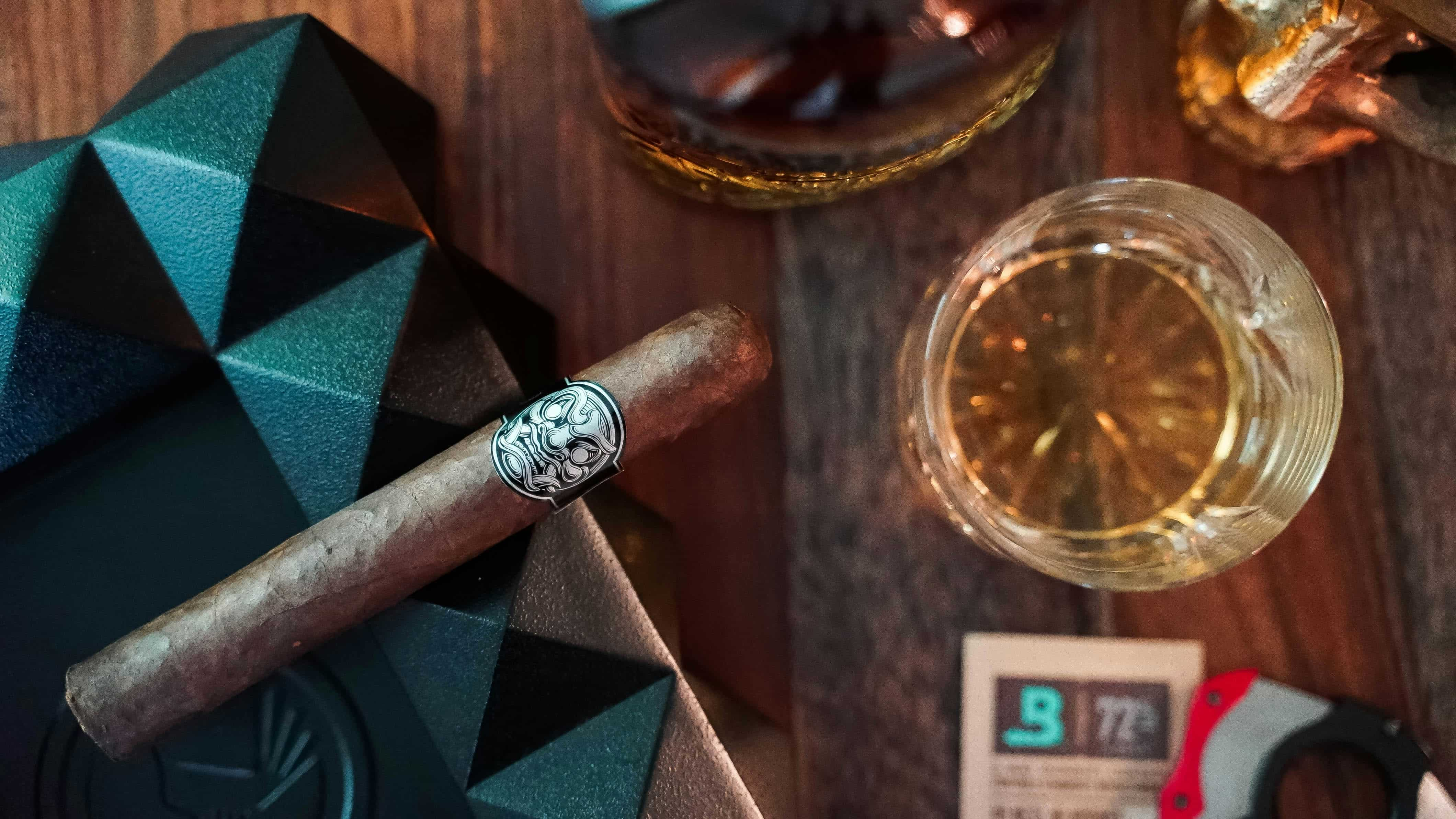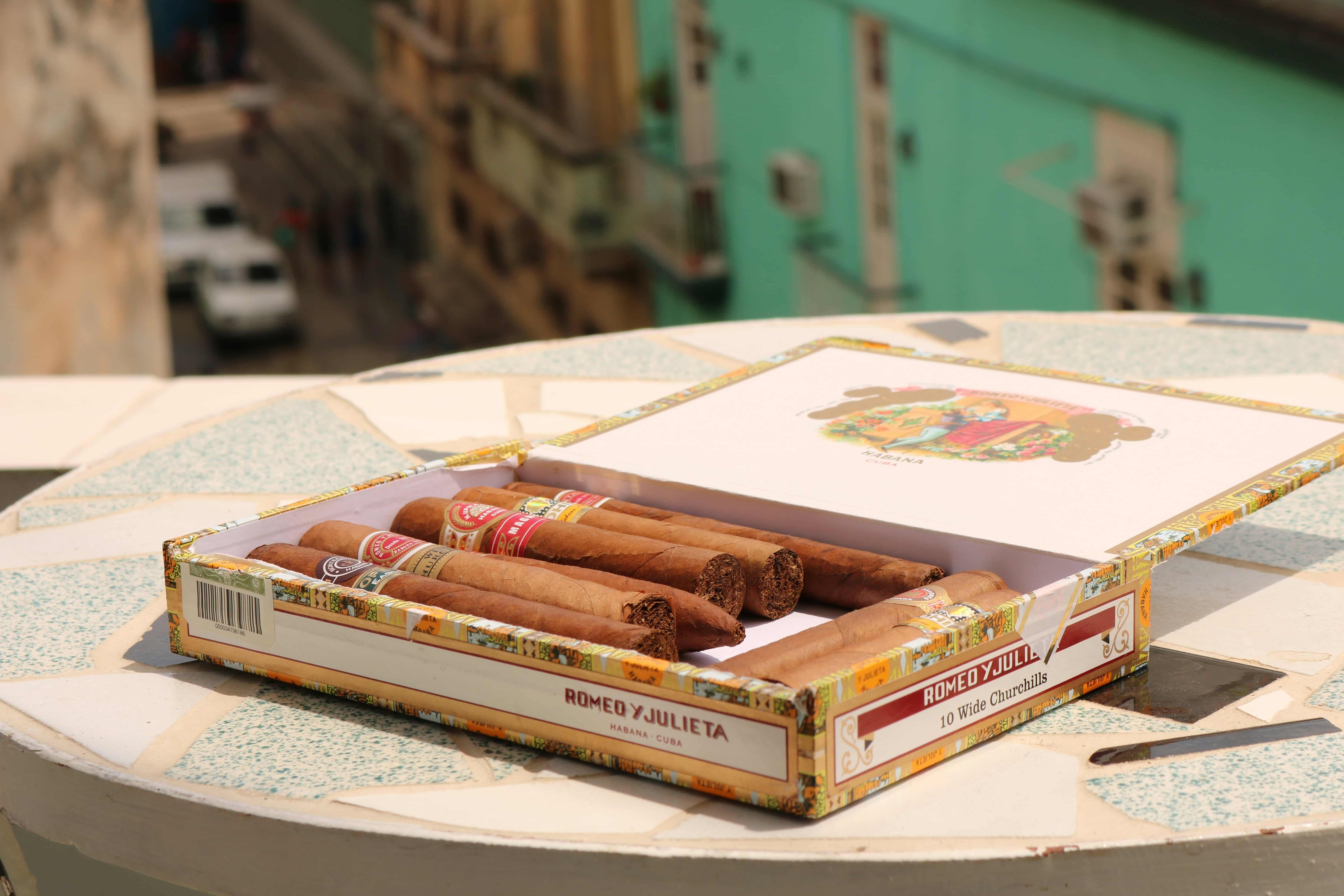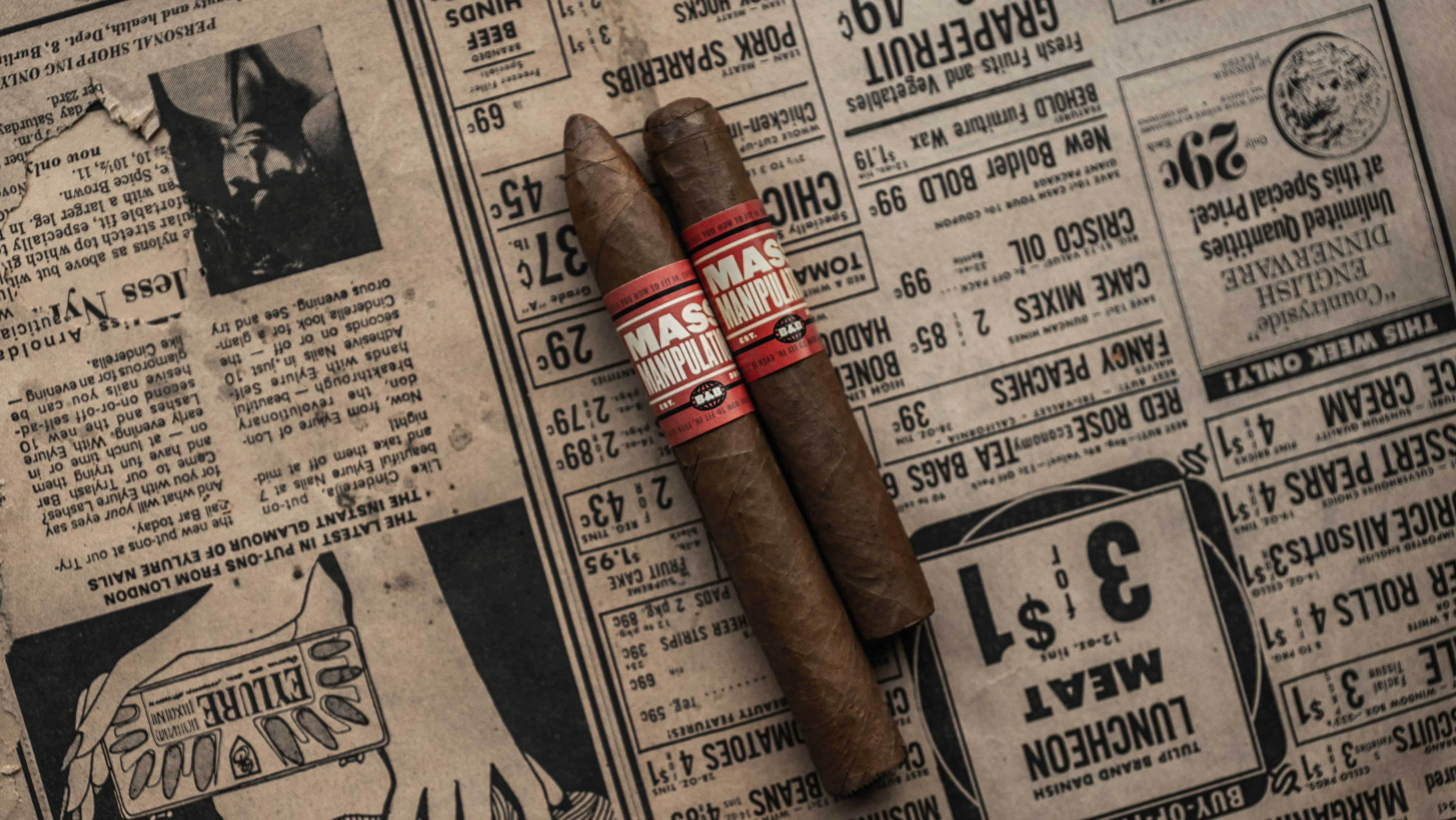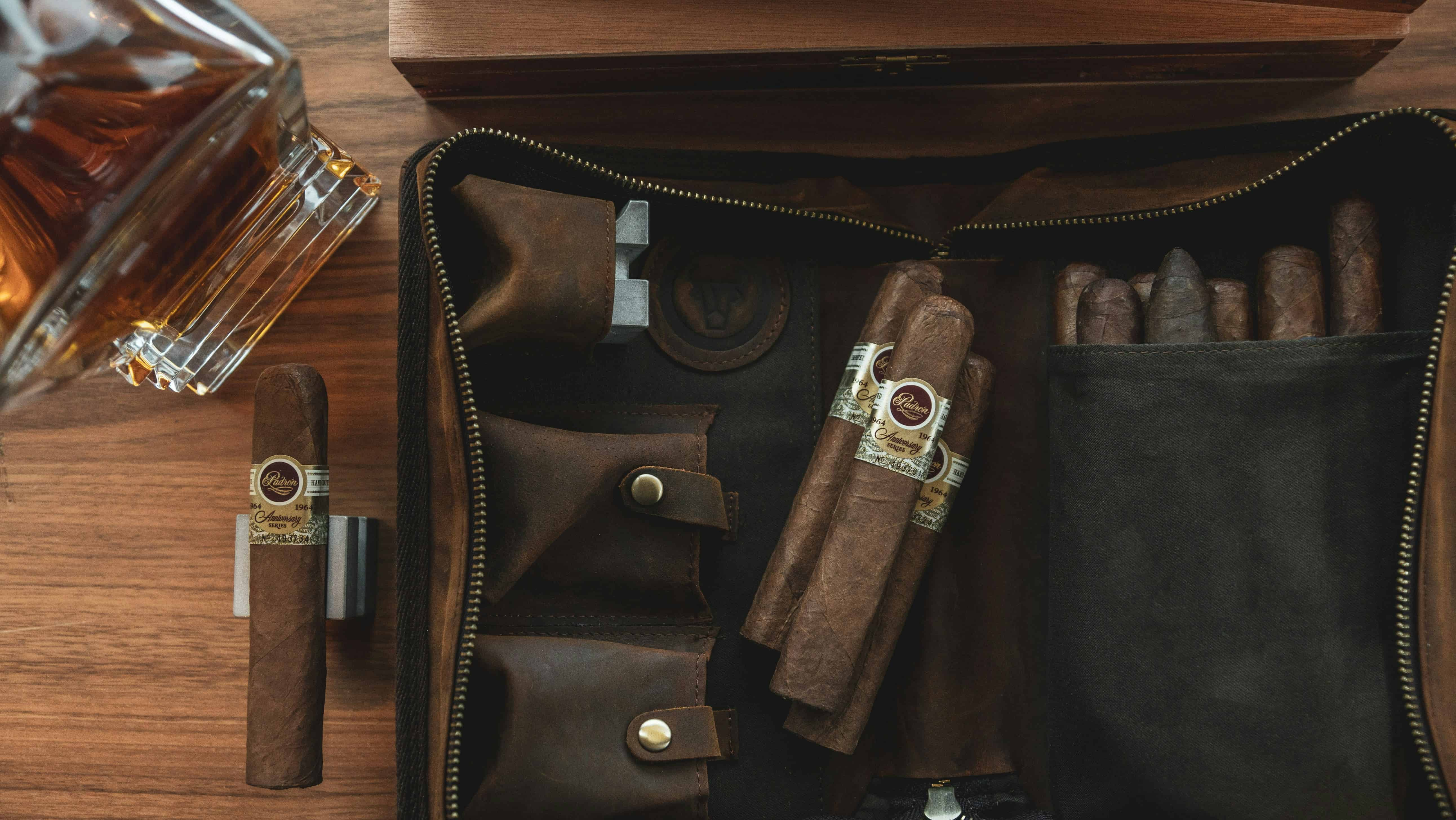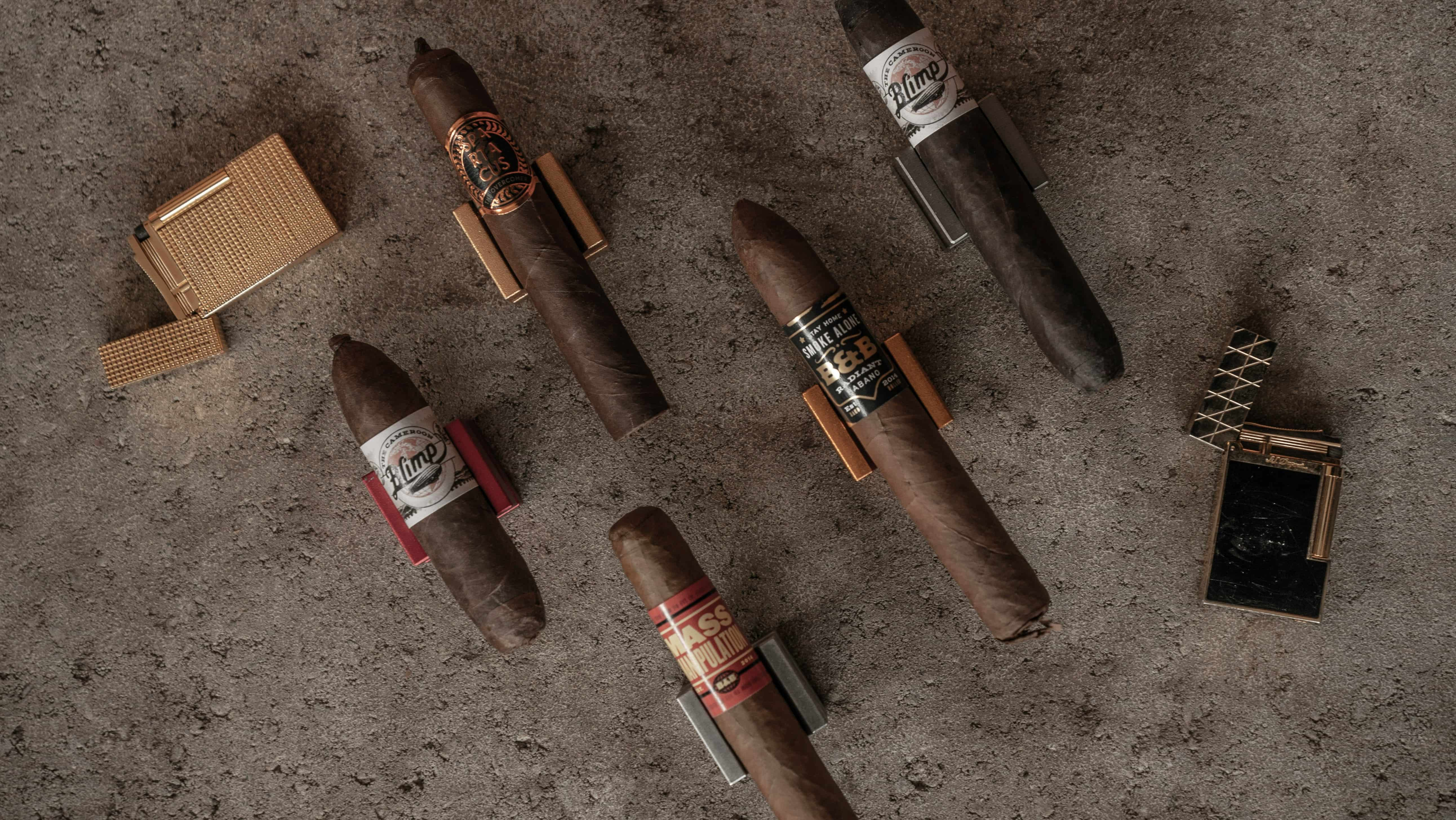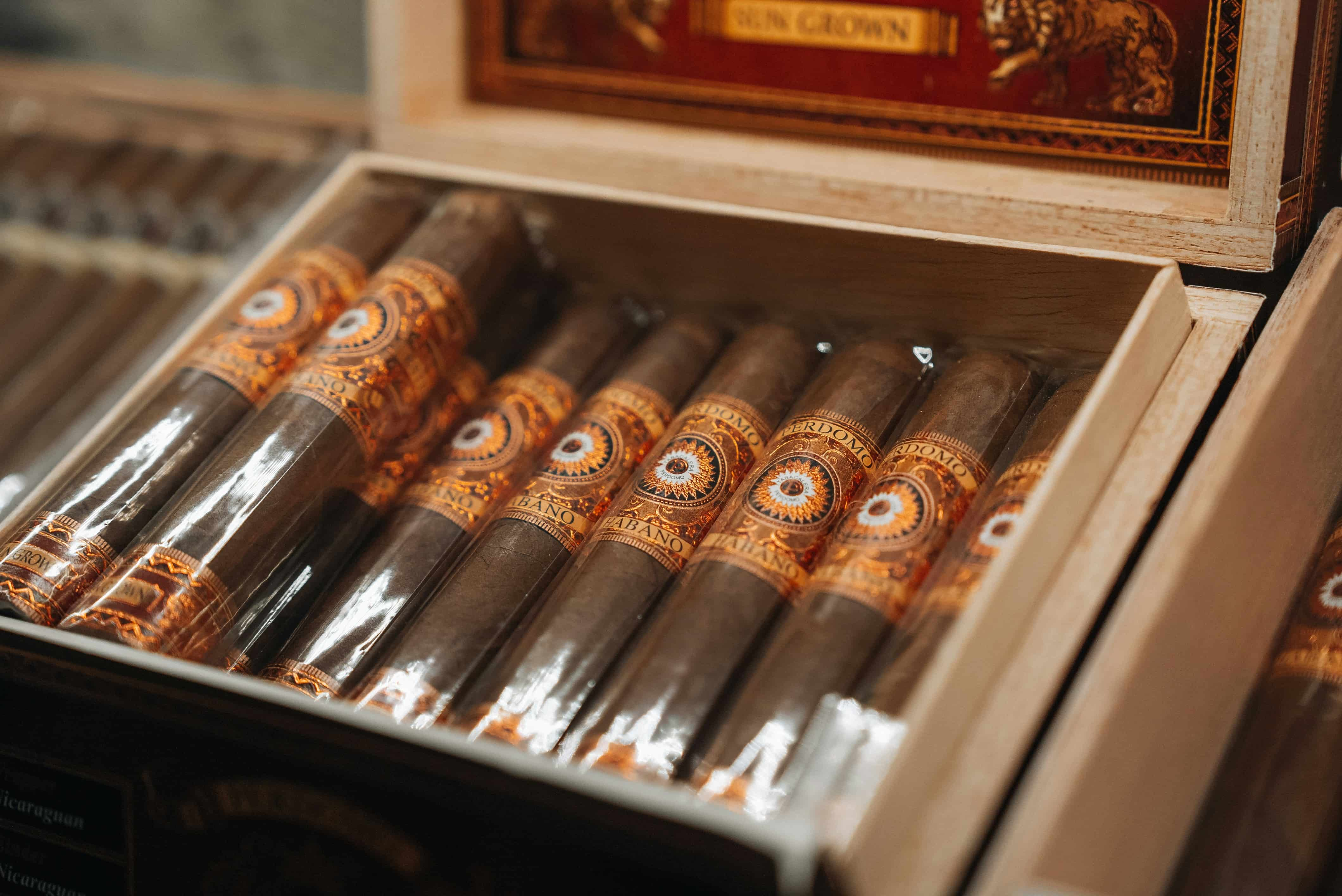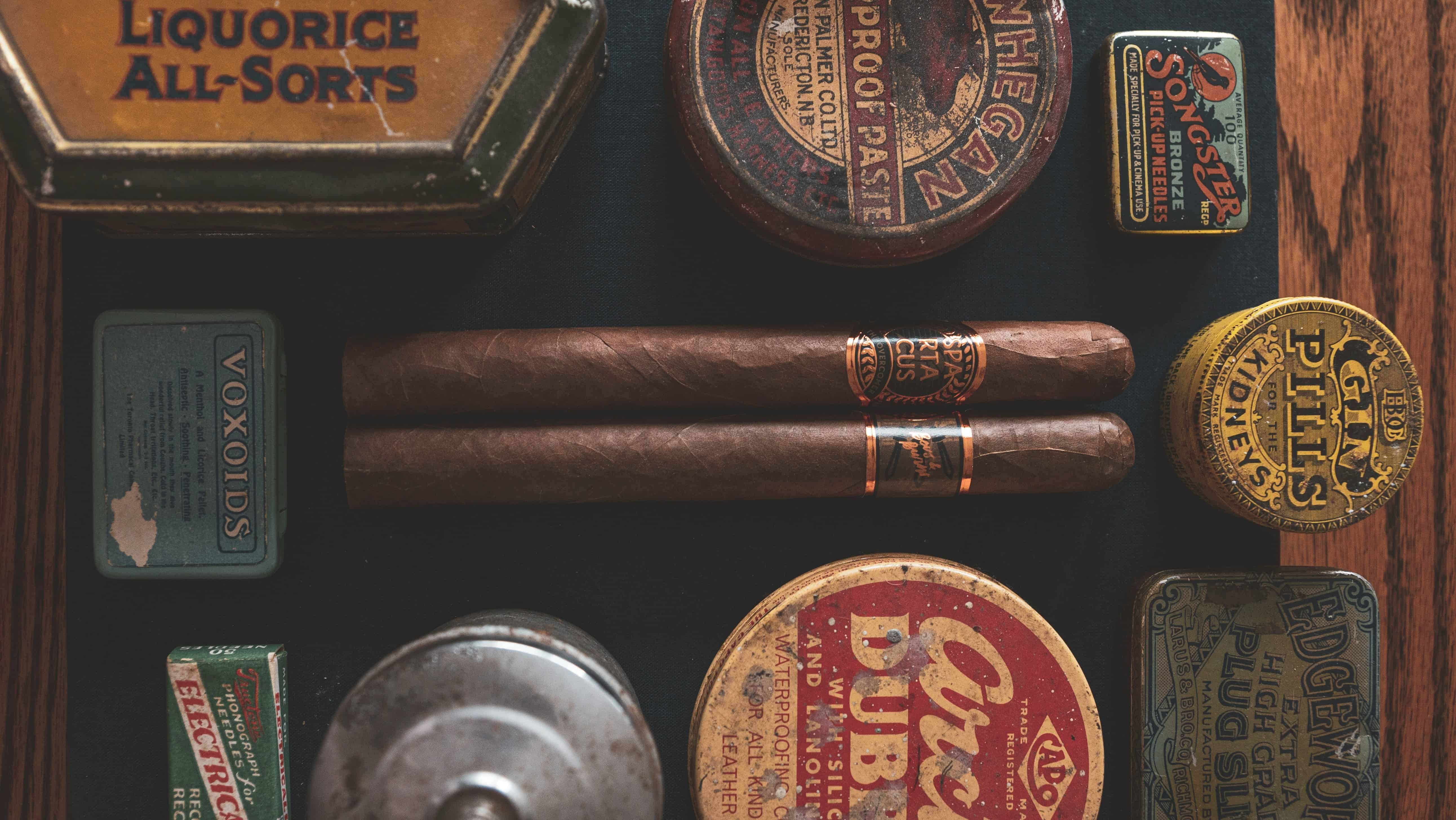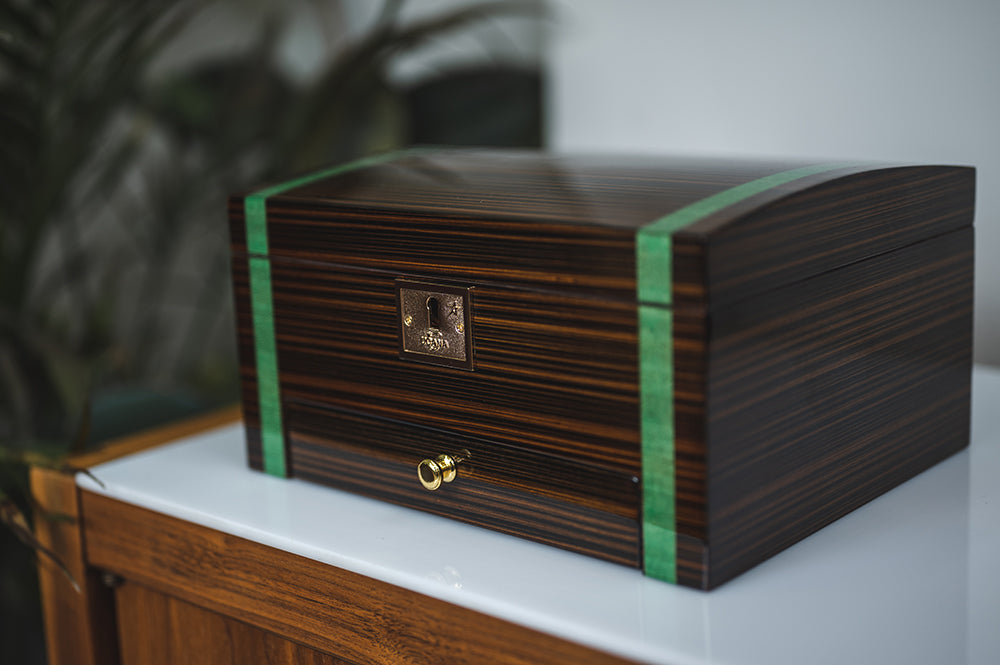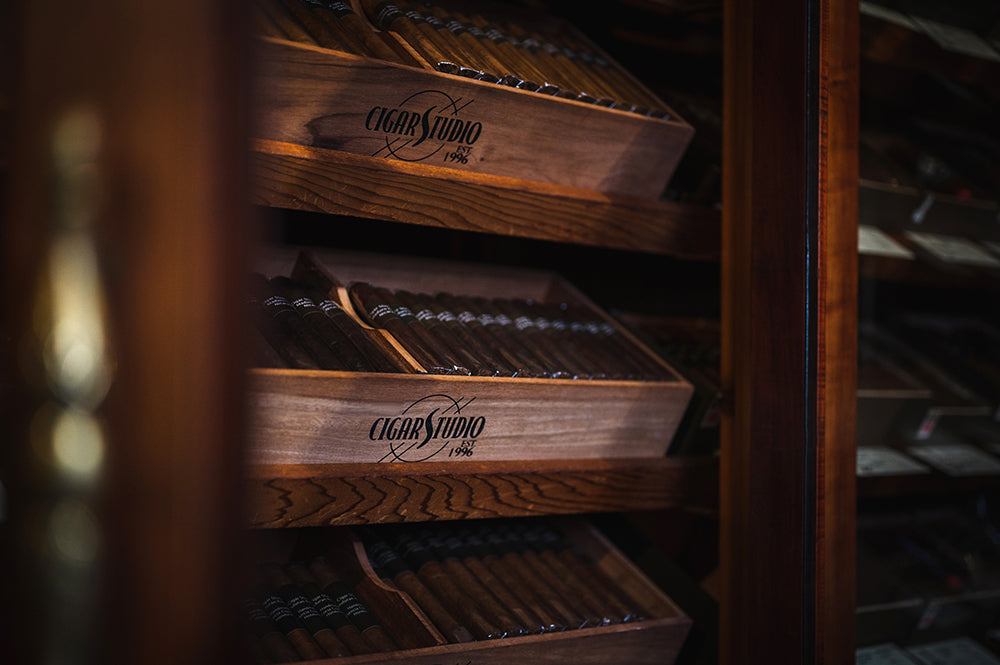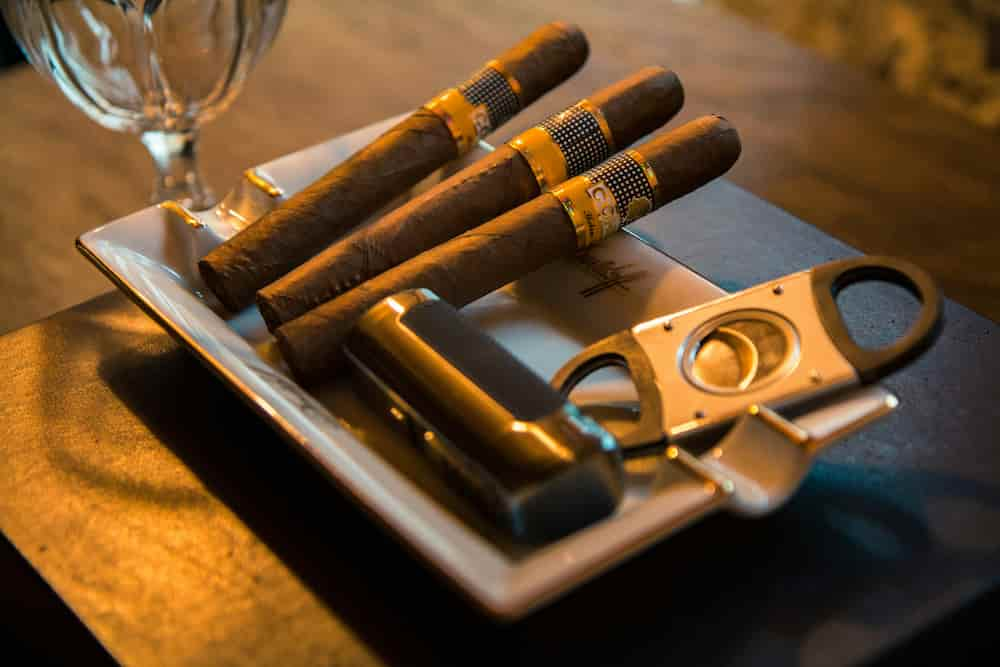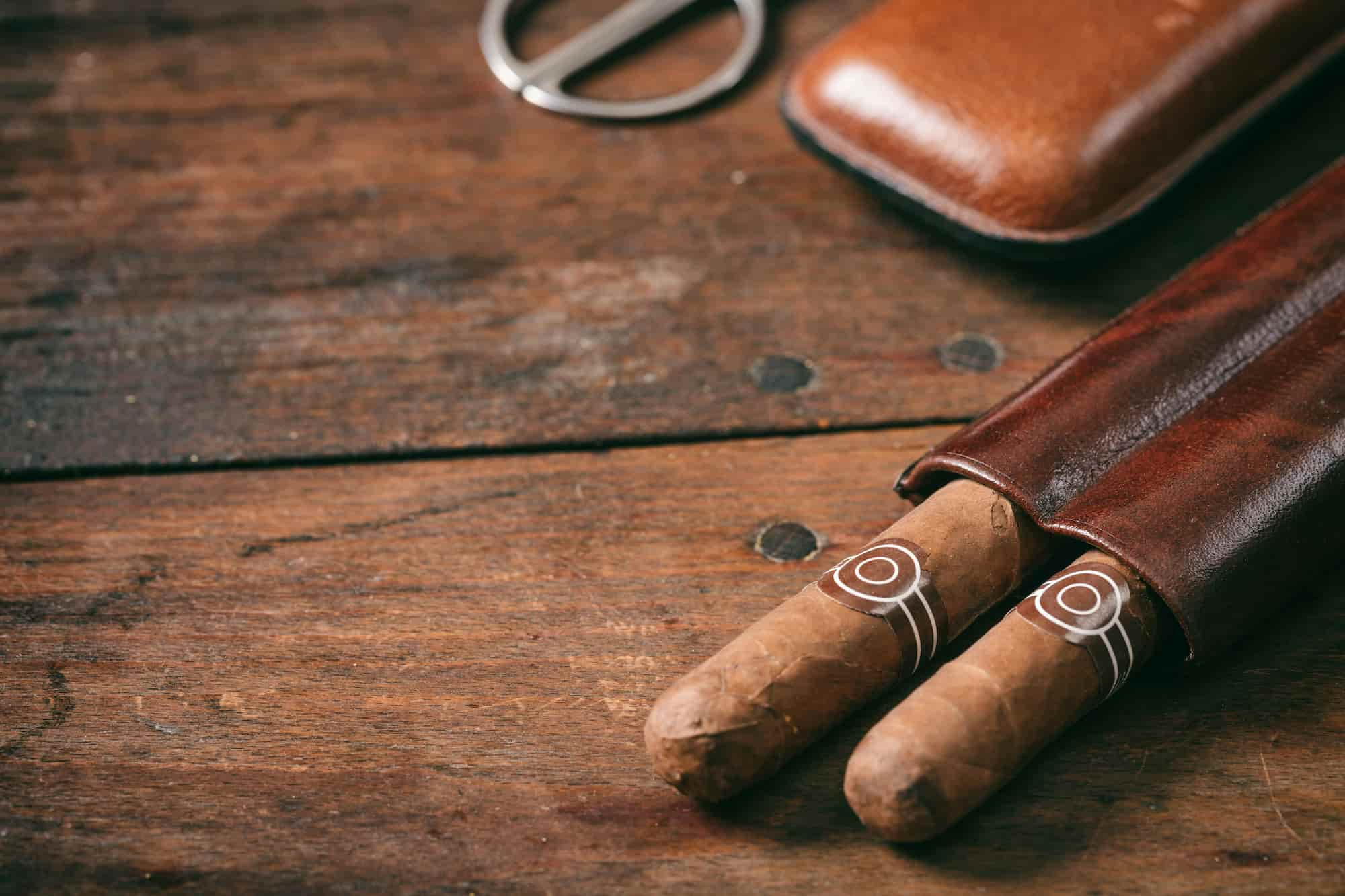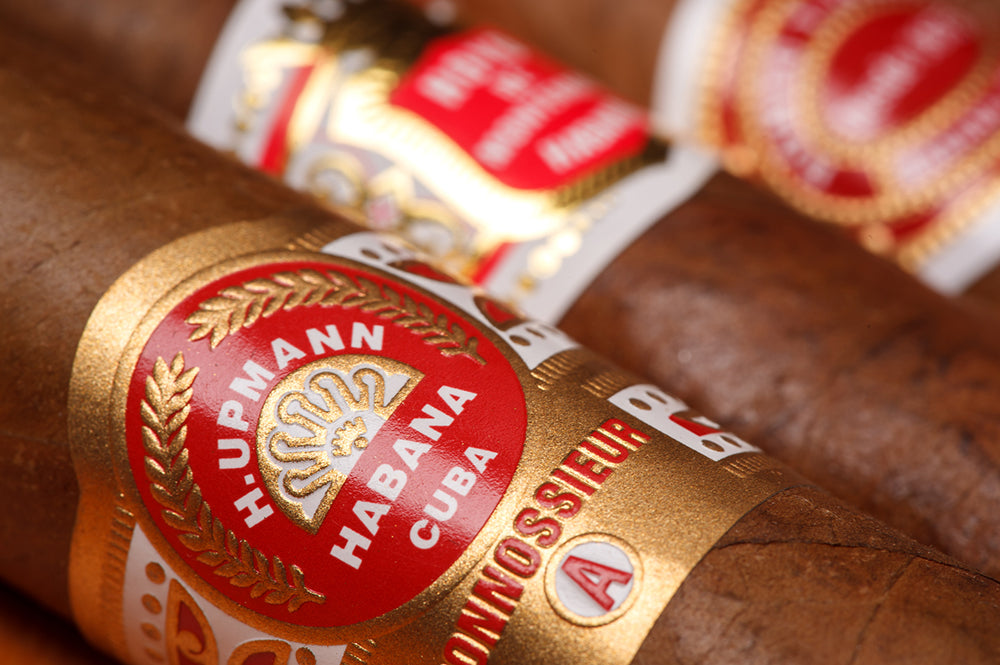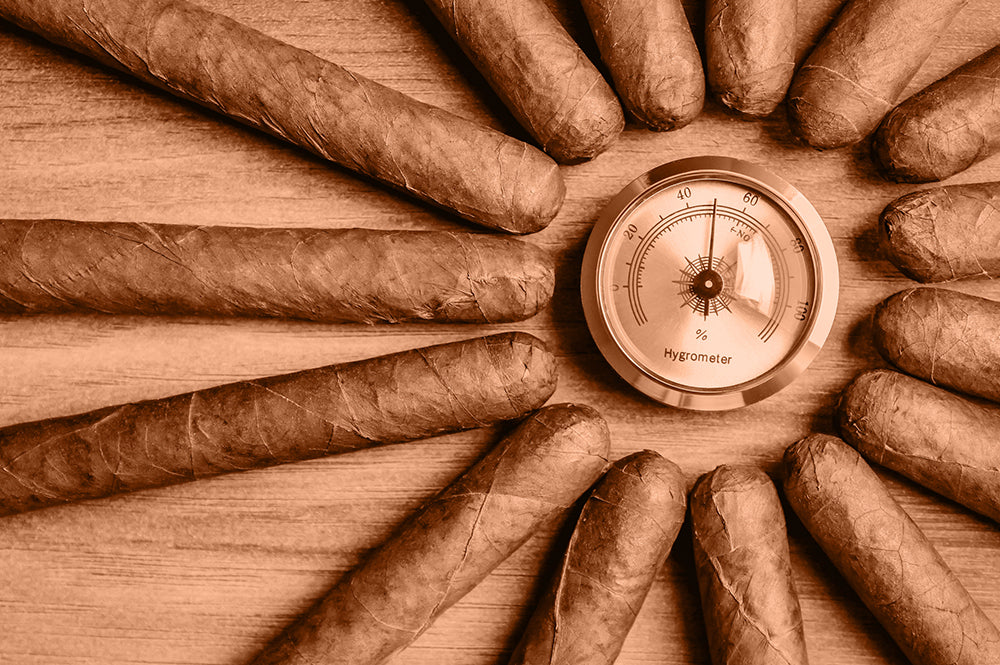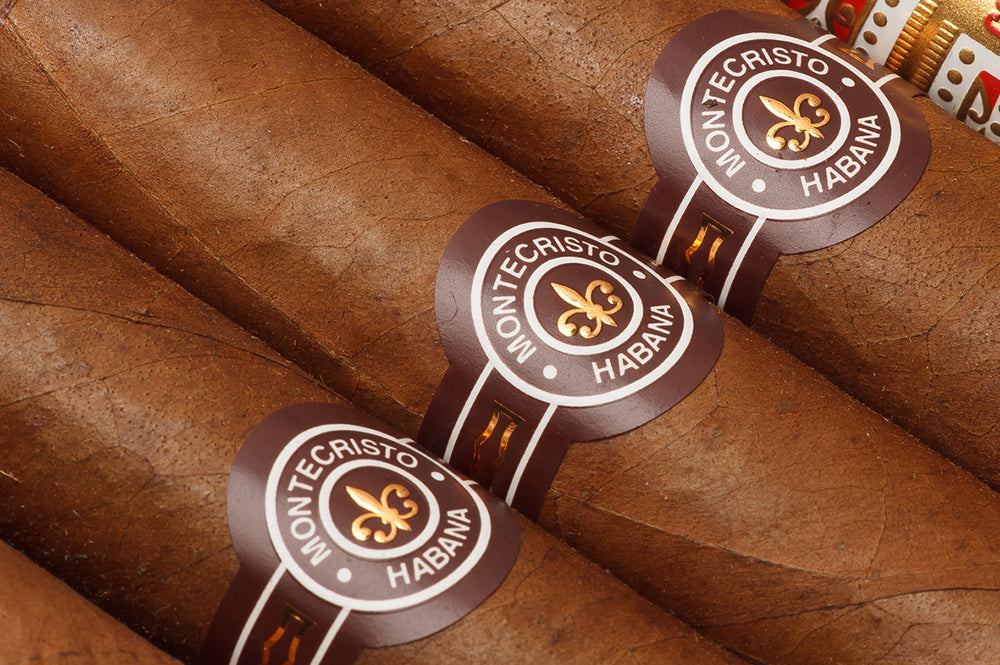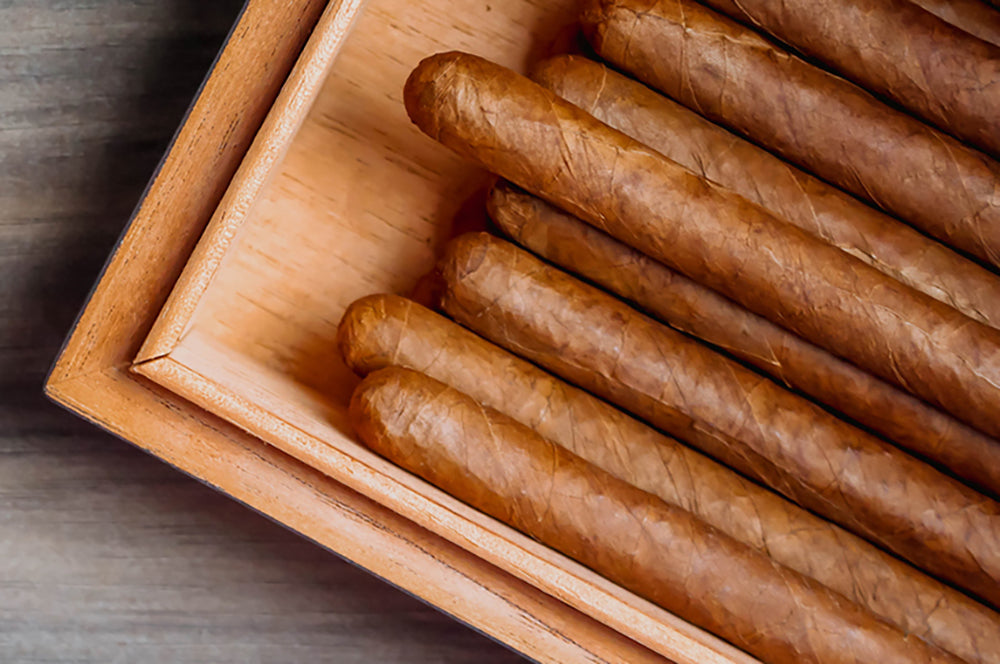
What is a Habano Wrapper?
The Habano wrapper is a distinct and popular choice among cigar aficionados, renowned for its rich flavor and premium quality. Originating from Cuba, this type of wrapper is now cultivated in various countries, maintaining its reputation for adding a robust taste to cigars. This article will explore the characteristics of Habano wrappers, compare them to other popular types such as Maduro and Connecticut, and discuss why Habano cigars hold a special place in the hearts of cigar enthusiasts.
Habano vs. Maduro and Connecticut Wrappers:
Habano wrappers are known for their darker, oily appearance and spicy, full-bodied flavor profile, which is typically stronger than that of Connecticut wrappers but can be less intense than some Maduro wrappers. While Maduro wrappers undergo a longer fermentation process that brings out a sweet, rich smoothness, Habano wrappers are prized for their balance of spice and strength, making them a favorite for those who seek a vigorous yet refined smoking experience. Connecticut wrappers, on the other hand, are lighter both in color and flavor, offering a more mild and smooth experience ideal for newer smokers or those preferring subtler cigars.
Exploring Types of Habano Wrapper Cigars
There are numerous cigars featuring the Habano wrapper that cater to a variety of smoking preferences. From the robust and spicy flavors typical of traditional Habano cigars to blends that incorporate the unique characteristics of the Habano leaf with other filler tobaccos for a complex smoking experience, there is a Habano-wrapped cigar for every palate. Brands like Rocky Patel, Oliva, and Padron offer popular Habano wrapper options that showcase the versatility and appealing flavor profile of this tobacco leaf.
Additional Popular Wrapper Types: Corojo and Connecticut Habano
Aside from the standard Habano, other notable wrappers such as the Corojo and Connecticut Habano offer unique smoking experiences. The Corojo wrapper, originally developed in Cuba and known for its bold, spicy flavor, provides an intense taste suited to the seasoned smoker. The Connecticut Habano wrapper is a newer innovation that blends the smoothness of Connecticut shade tobacco with the spicy kick of Habano, creating a balanced, medium-bodied cigar ideal for a wide range of smokers.
The Habano wrapper is a cornerstone of traditional cigar crafting, celebrated for its bold, spicy flavors and excellent burning qualities. Understanding the differences between Habano and other wrappers like Maduro and Connecticut can enhance your appreciation and help you make more informed choices in selecting cigars. Whether you're drawn to the robustness of a pure Habano or the nuanced blend of a Connecticut Habano, the diverse world of Habano-wrapped cigars offers something to enrich every smoker's collection.
What is the difference between Connecticut and Habano wrappers?
Connecticut and Habano wrappers differ significantly in terms of flavor, appearance, and origin, catering to different smoker preferences.
Flavor: Connecticut wrappers are known for their mild, smooth, and sometimes creamy flavor, making them suitable for both new smokers and those who prefer a lighter smoke. In contrast, Habano wrappers are typically spicier and more robust, offering a richer and more full-bodied experience.
Appearance: Connecticut wrappers are lighter in color, ranging from golden yellow to light brown. Habano wrappers are darker, often a rich brown, and they may have an oily sheen due to the longer fermentation process they undergo.
Origin: While Connecticut wrappers originated from the Connecticut River Valley in the United States, Habano wrappers were historically grown in Cuba. Today, both types are grown in various countries, but they retain their distinctive characteristics.
What makes a cigar a Habano?
A cigar is classified as a Habano primarily based on the wrapper leaf used, which is a Cuban-seed tobacco grown in any part of the world, not necessarily just in Cuba. The term "Habano" signifies that the seeds are of Cuban origin but can be cultivated in regions like Nicaragua, Honduras, or Ecuador, where similar climate conditions help replicate the characteristics of Cuban-grown tobacco. Habano cigars are noted for their richness and complexity, with a pronounced spicy and earthy profile.
What is the difference between a Maduro and a Habano?
Maduro and Habano refer to different aspects of a cigar, primarily the type of wrapper and the processing it undergoes:
Wrapper Process: Maduro is a term used to describe a wrapper leaf that has undergone an extended fermentation process at high temperatures, which darkens the leaf and brings out a richer, sweeter flavor. Habano, by contrast, describes the type of seed used and typically involves a fermentation process that enhances its natural spicy flavor without necessarily darkening the leaf as much as Maduro processing.
Flavor Profile: Maduro wrappers are generally associated with sweetness and notes of chocolate, coffee, and earth due to their fermentation process. Habano wrappers offer a spicier, more robust flavor, often with hints of pepper and a complex bouquet.
What does Habano mean?
"Habano" simply translates to "from Havana," referring to its origins in Cuba. In the cigar world, it denotes cigars made with leaves grown from Cuban seeds, irrespective of where they are cultivated. The term is associated with quality and tradition, indicating that the cigar uses tobacco that has heritage linked to Cuban varieties, renowned for their superior flavor and quality. "Habano" can also indicate the authenticity and style of the cigar, suggesting it adheres to the traditional methods and characteristics of Cuban cigar-making.

